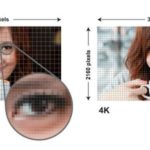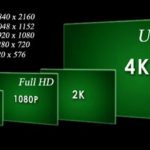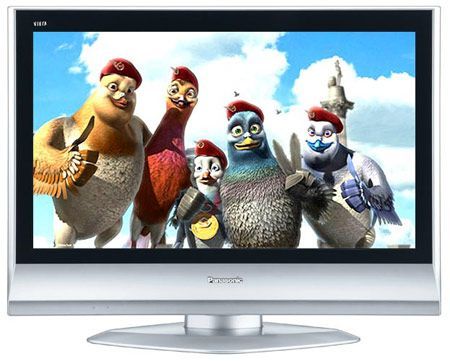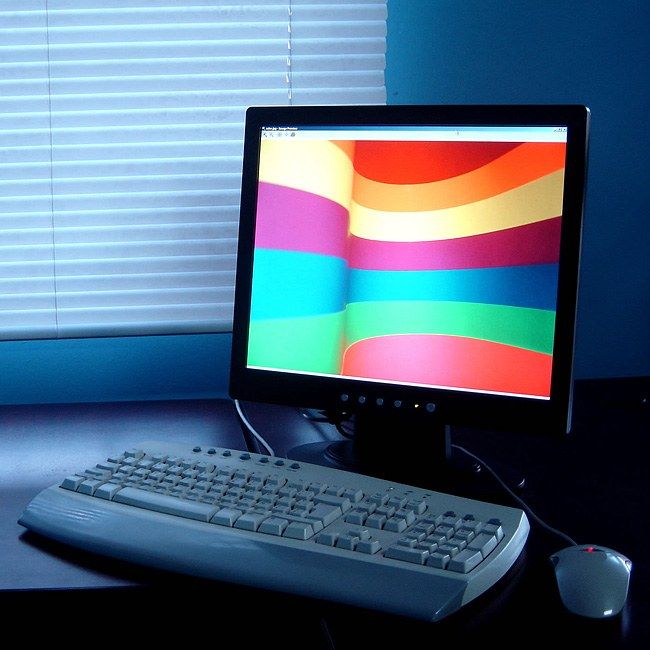The main characteristic of the monitor is
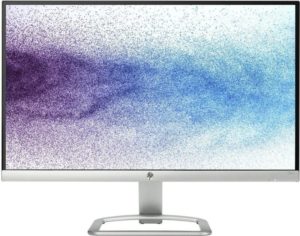 Without a strong monitor, everything you do on your desktop will appear lackluster, whether you're playing games, viewing photos, videos, or even text.
Without a strong monitor, everything you do on your desktop will appear lackluster, whether you're playing games, viewing photos, videos, or even text.
Monitor manufacturers are well aware of how the way PCs interact with different displays is changing, and have filled the market with many options. But which features are most valuable for your monitor's use?
The content of the article
Below are the monitor specifications
Size is one of the important functions. The most important aspect of a monitor is its size. Screen dimensions are measured in diagonal inches, the distance from one corner to the other opposite corner diagonally.
Permission. Monitor resolution indicates how densely the pixels are packed. Pixel is short for image element. A pixel is a single point in a graphic image. Screens show a picture by dividing the display screen into many pixels arranged in rows and columns. On a color screen, all pixels are actually made up of three dots, namely red, green and blue. The quality of a monitor's display is largely influenced by its resolution.
Update frequency. The refresh rate is the number of times images are displayed per second, so theoretically setting the rate to 120Hz will display the image twice as often.
Dots per inch. Measured for the actual sharpness of the image on the display. Depends on both the resolution and the size of the image.Practical experience shows that a smaller screen has a clearer image at the same resolution as a larger screen. This is because it will require more dots per inch to display the same number of pixels.
Point step. A measurement that specifies the vertical distance between each pixel on a display screen. Measured in millimeters. Dot pitch is one of the main characteristics that determines the quality of screens.
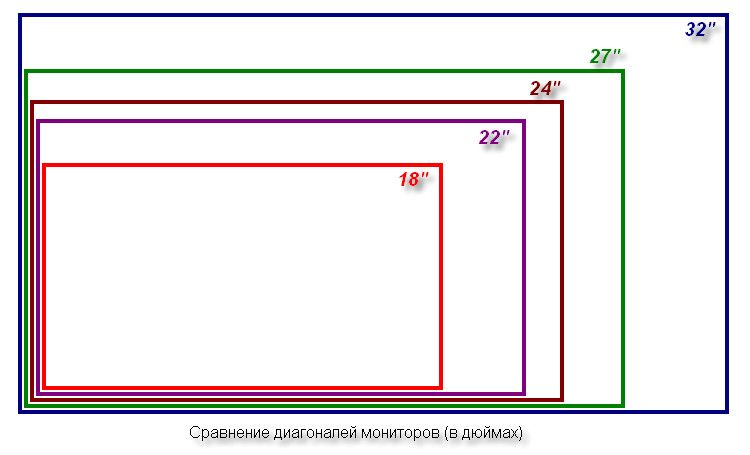 Convergence. Refers to how clearly an individual color pixel appears on the screen. Each pixel consists of three dots, namely red, green and blue. If the dots are very misaligned, the pixel will be blurry.
Convergence. Refers to how clearly an individual color pixel appears on the screen. Each pixel consists of three dots, namely red, green and blue. If the dots are very misaligned, the pixel will be blurry.
Monitor resolution is the number of pixels on the screen. This is the sharpness of the display screen image. This is expressed as a matrix. A resolution of 640×480 means that there are 640 pixels horizontally and 480 pixels vertically. The actual resolution is determined by the video controller, not the monitor. Most monitors have resolutions of 640×480, 800×600 and 1024×768.
Types of matrices. LCD (Liquid crystal display) is a liquid crystal display, an electronic display device that works by applying an alternating electrical voltage to a layer of liquid crystal, thereby causing changes in its optical properties. This type of matrix is inexpensive, but viewing angles are not the strong point of such a display. When you look at this screen straight on, the display will be well backlit, but if you look at this screen slightly from the side, the colors will fade. The matrix is perhaps the most important function.
REFERENCE! IPS is a technology used in LCD (liquid crystal display) displays, including many computer monitors and phones. It means "in-plane switching".
Useful
Today, IPS technology is more common on higher-end displays, although there are also some inexpensive monitors with IPS panels. Photographers, artists, and graphic designers often prefer these monitors because—among other reasons—they produce consistent colors across a wide range of viewing angles. They also allow for more accurate color reproduction in the first place. You often see IPS monitors that are simply called “IPS monitors.”
TN display is one of the most common types of LCD monitors currently on the market. They are constructed from liquid crystal that is sandwiched between two sheets of polarized glass.
Almost every LCD display you see on the market today has a TN panel. A VA (vertical alignment) panel is the type that uses liquid crystals and electrical current. Perhaps the VA sensor's greatest strength is its ability to block light from the backlight when it's not needed.
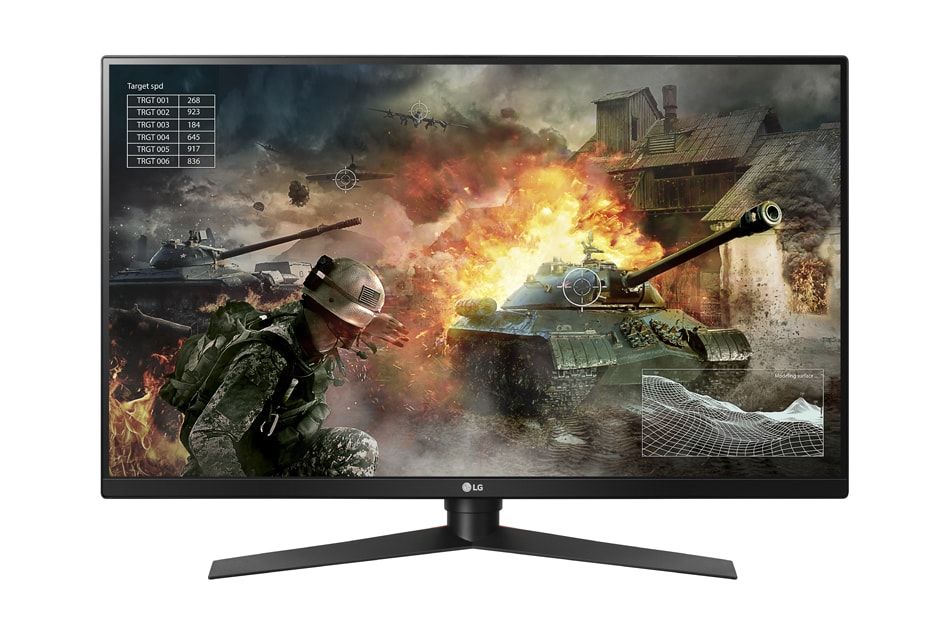 As experienced users already understand, one problem with LCD displays is the light from the backlight. When the LCD wants to display black, the color filter will be positioned so that very little light from the backlight leaks through. While they try to do a reasonable job, their filters aren't always perfect, so they aren't able to make blacks as deep as they should be.
As experienced users already understand, one problem with LCD displays is the light from the backlight. When the LCD wants to display black, the color filter will be positioned so that very little light from the backlight leaks through. While they try to do a reasonable job, their filters aren't always perfect, so they aren't able to make blacks as deep as they should be.
IMPORTANT! Luckily, VA matrices are great at this task.And because they are susceptible to clouding or bleeding around the edges of the screen, the screens are often seen as ideal candidates for movie buffs for general purpose work.
VA matrices also have improved viewing angles and good color rendering. Their excellent color rendering makes the monitors ideal for color-critical work or for gamers who want to play their games in the highest possible image quality.
A significant disadvantage of VA matrices is their low level of response when pixels move from one state to another. This may cause more noticeable blur when playing.
Fortunately, more modern versions of VA sensors use an excellent pixel overload feature that is not susceptible to the problems of earlier versions. In terms of price, VA panels cost more than TN panels and are about on par with IPS panels.
Response time
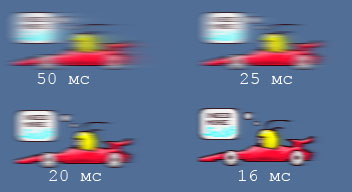 Response time is the speed at which a color pixel on a screen turns white and then color. A response time of 6 milliseconds is better than 8. Modern displays have a response time of 2.5 milliseconds. The shorter the pixel response time, the better and smoother the picture on the TV or monitor screen will be.
Response time is the speed at which a color pixel on a screen turns white and then color. A response time of 6 milliseconds is better than 8. Modern displays have a response time of 2.5 milliseconds. The shorter the pixel response time, the better and smoother the picture on the TV or monitor screen will be.
All the characteristics given in the article are very important for a monitor. When buying a monitor or TV, you should take into account all the points in the article, but special attention should be paid to the resolution and type of matrix, since the main impressions of the picture will depend on them.


